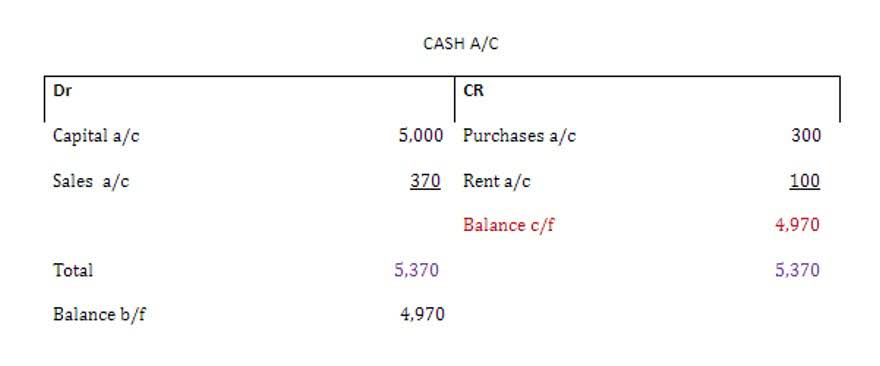
Outstanding shares play a crucial role in determining a company’s market capitalization, a key metric for investors assessing a firm’s overall value. The market cap is calculated by multiplying the current market price per share by the total number of outstanding shares. This metric provides investors with insights into a company’s size and relative importance within the market.
Shares Outstanding in Financial Metrics
Holders of outstanding or issued shares typically have voting rights and receive dividend distributions when applicable. The total number of a company’s outstanding shares as seen in the balance sheet is the sum of float and restricted shares. Not only should shareholders be familiar with this stock market terminology, they should also understand under what circumstances the number how to find shares outstanding of outstanding shares might fluctuate.

What Company Has the Most Outstanding Shares?
- The main way shares outstanding typically change is when companies issue new stock, conduct buybacks, or undergo stock splits.
- The number of shares outstanding decreases if the company buys back shares or a reverse stock split is completed.
- However, some shareholders own a considerable portion of the outstanding shares and hence have more control over the company’s decisions and outcomes.
- The total amount of shares of a company’s stock that have been issued and are currently held by investors are referred to as outstanding shares.
- In this case, the preferred stock dividend must be deducted to get the net income used for the basic EPS calculation.
- These are the shares that have been issued by a startup and are currently in market circulation, excluding treasury stock which is held by the startup itself.
- It also raises the company’s earnings per share figure (EPS) since earnings are divided by a smaller number of shares.
This happens either when newly authorized shares are sold, or unissued shares are issued. The number of outstanding shares of a company can vary greatly over time. For instance, if the company decides to issue more shares, then its number of outstanding shares how is sales tax calculated will naturally increase.

What is the role of treasury shares in calculating outstanding shares?
Outstanding shares estimate other financial metrics, such as book value per share. Book value per share is the minimum number of shares owned in a company and is used to forecast the possible market price of a share at a specific time. Knowing the difference between authorized shares and outstanding shares is important for calculating important ratios that accurately reflect the financial status and stability of a company. Companies will sometimes keep authorized shares in reserve so that they can sell more shares in the future when capital is needed. When a company issues too many additional shares too quickly, existing shareholders can be hurt. It can also imply a certain level of risk depending on the reasoning for law firm chart of accounts issuing more shares.
- On the other hand, outstanding shares refer to the total number of issued and owned shares of a company, excluding treasury shares.
- They’re simply the total amount of shares currently owned by a company’s shareholders.
- It may be more difficult for a shareholder to sell shares quickly, thus taking a larger loss than desired if the stock price drops.
- In addition to listing outstanding shares or capital stock on the company’s balance sheet, publicly traded companies are obligated to report the number issued along with their outstanding shares.
- The number of outstanding shares of common stock fluctuates frequently, increasing when companies issue additional shares to raise cash, initiate a stock split, or when employees exercise stock options.
- Both market cap and shares outstanding reflect a company’s size and investor perception but in different ways.
Market capitalization is the total value of a company’s outstanding shares, calculated by multiplying the stock price by the number of shares outstanding. Outstanding shares refer to the total number of company stocks currently issued and held by its stockholders. The company’s outstanding shares remain in circulation, as the company has neither repurchased, retired, nor removed them from the market.


Companies may repurchase their own shares to reduce the number of shares outstanding. Meanwhile, stock splits increase the number of shares outstanding without affecting the company’s market capitalization. In addition to stock price changes, corporate actions like share buybacks can significantly impact market capitalization. A stock buyback occurs when a company repurchases its own shares from the open market, reducing the total number of shares outstanding.
